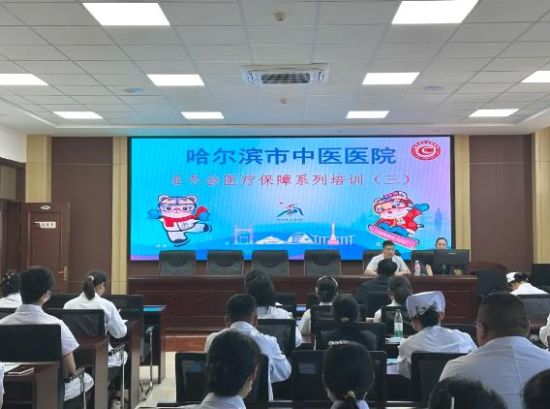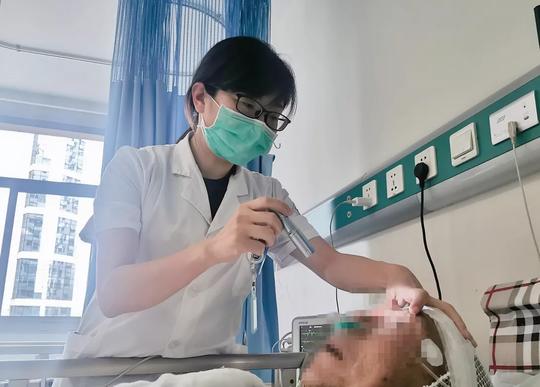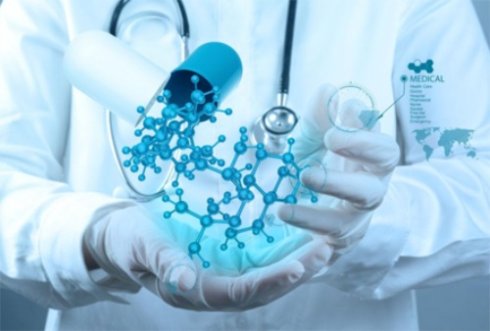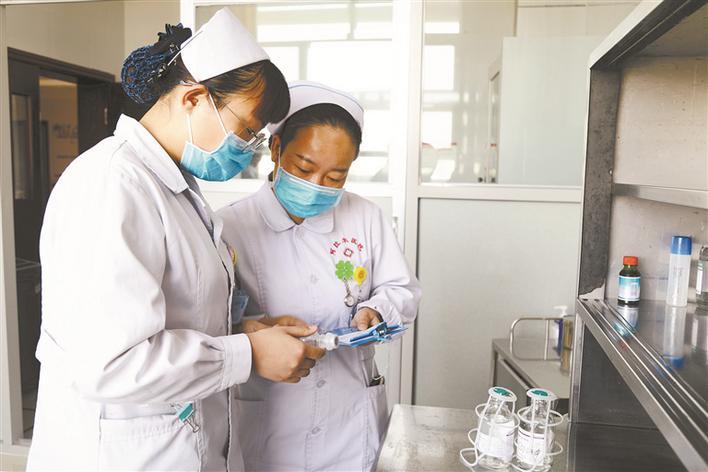在当今全球化的医疗体系中,医院作为提供医疗服务的重要机构,其内部各科室的精准划分与高效协作是确保患者得到恰当治疗与护理的关键,本文旨在通过英文介绍,深入解析医院中几个核心科室的功能、特点及其在医疗流程中的重要作用,以期为国际医疗交流与合作提供参考。
1. Emergency Department (ED) - 急诊科
Emergency Departments are the frontline of any hospital's response to acute medical emergencies. They are equipped to handle a wide range of critical conditions, from cardiac arrests to severe trauma, 24/7. EDs are designed to be fast-paced environments, where highly trained staff, including doctors, nurses, paramedics, and radiographers, work in close coordination to stabilize patients and initiate appropriate treatments promptly.
The department often utilizes advanced diagnostic tools such as X-ray machines and ultrasound machines to assess injuries and illnesses. The swift decision-making process and the ability to prioritize patients based on their condition ensure that the most critically ill or injured individuals receive care first.
2. Internal Medicine Department - 内科
The Internal Medicine Department specializes in the diagnosis and treatment of adult patients with internal medical disorders that affect multiple organs, rather than a specific part of the body like surgery does. This includes diseases of the heart, lungs, kidneys, digestive system, and endocrine glands.
Internists often act as primary care providers for their patients, managing chronic conditions like diabetes or hypertension and coordinating with specialists when necessary. The department also conducts research to advance medical knowledge and improve patient outcomes.
3. Surgery Department - 外科
The Surgery Department encompasses a wide array of subspecialties, including general surgery, cardiovascular surgery, neurosurgery, orthopedic surgery, and more. It is responsible for the treatment of conditions that require surgical intervention, such as cancer removal, organ transplants, or trauma repair.
Surgeons work closely with anesthesiologists, nurses, and other surgical team members to ensure safe and effective procedures. The department is equipped with state-of-the-art technology and facilities for both open and minimally invasive surgeries. Post-surgical care is also a crucial aspect of the department's work, involving pain management, wound healing, and rehabilitation.
4. Obstetrics and Gynecology (OB/GYN) Department - 妇产科
The OB/GYN Department specializes in the health of women, with a focus on pregnancy, childbirth, and the reproductive system. It provides prenatal care, delivery services (both natural and assisted), and postpartum care for both mother and baby. The department also handles gynecological issues such as infertility treatments, menstrual disorders, and cancer screening and treatment.
OB/GYN specialists are trained to recognize and manage complications during pregnancy and childbirth, making them an integral part of any hospital's emergency response plan for maternal health emergencies. The department often collaborates with pediatric departments for neonatal care.
5. Pediatrics Department - 小儿科
Pediatrics is the branch of medicine dedicated to the care of infants, children, and adolescents. The Pediatrics Department deals with a wide range of health issues specific to this age group, including infections, chronic diseases like asthma or diabetes, developmental disorders, and injuries.
Pediatricians are trained to understand the unique physiological and psychological needs of children and use age-appropriate diagnostic and treatment methods. The department also emphasizes preventive care and education for parents on how to keep children healthy. Pediatric emergency services are available 24/7 to address urgent medical needs in young patients.
6. Psychiatry and Mental Health Services - 精神科与心理健康服务
Psychiatry and Mental Health Services address the diagnosis and treatment of mental health conditions such as depression, anxiety disorders, schizophrenia, and substance use disorders. These services are crucial in promoting overall well-being by addressing the emotional, behavioral, and cognitive aspects of an individual's health.
Treatment may involve therapy, medication management, or a combination of both. The department also offers support groups and educational programs for patients and their families to foster a better understanding of mental health issues and promote recovery.
7. Radiology Department - 放射科
Radiology is concerned with the diagnosis of diseases using medical imaging techniques such as X-rays, computed tomography (CT), magnetic resonance imaging (MRI), ultrasound, and nuclear medicine scans. The department plays a vital role in identifying injuries or abnormalities in various body parts without invasive procedures.
Radiologists interpret these images to help physicians make informed decisions about patient care. Advanced technologies like artificial intelligence (AI) are increasingly being used to enhance image analysis accuracy and speed up diagnosis processes. Radiology services are available for both inpatient and outpatient settings.
Conclusion: A Collaborative Effort for Optimal Patient Care
Each of these departments represents a crucial cog in the complex machinery of modern healthcare delivery. Their specialized expertise, coupled with seamless communication and collaboration among professionals within the hospital, ensures that patients receive personalized, evidence-based care tailored to their specific needs. As healthcare systems continue to evolve globally, fostering interdisciplinary collaboration and leveraging technological advancements will be essential for delivering high-quality, efficient healthcare services that meet the evolving demands of patients worldwide.
















 京公网安备11000000000001号
京公网安备11000000000001号 京ICP备11000001号
京ICP备11000001号
还没有评论,来说两句吧...